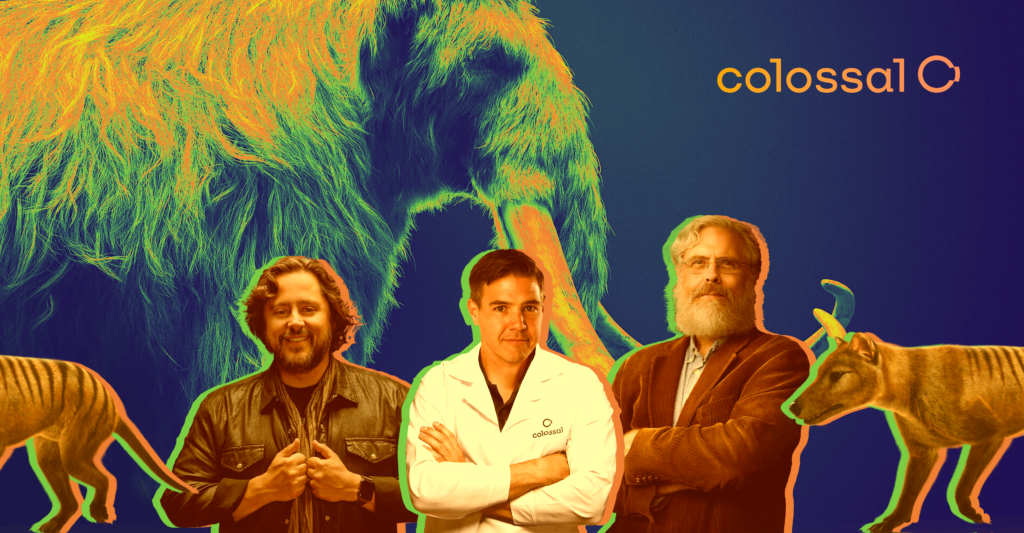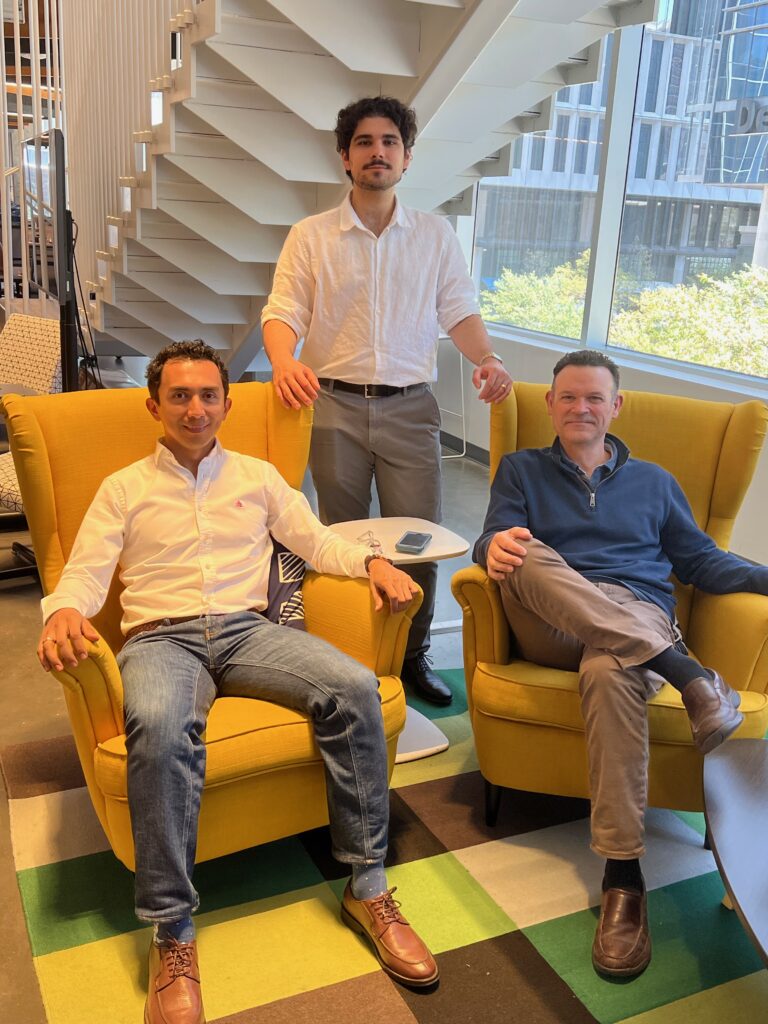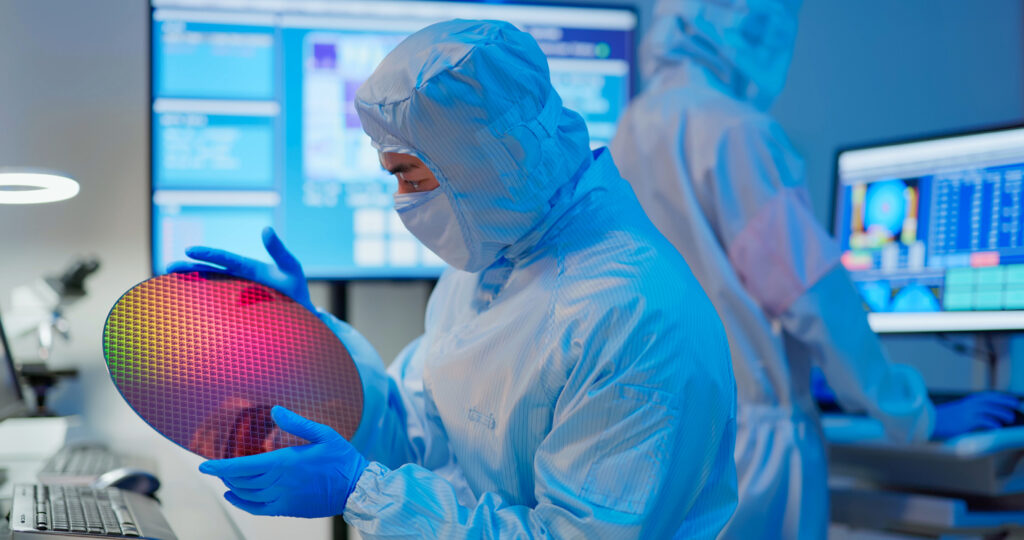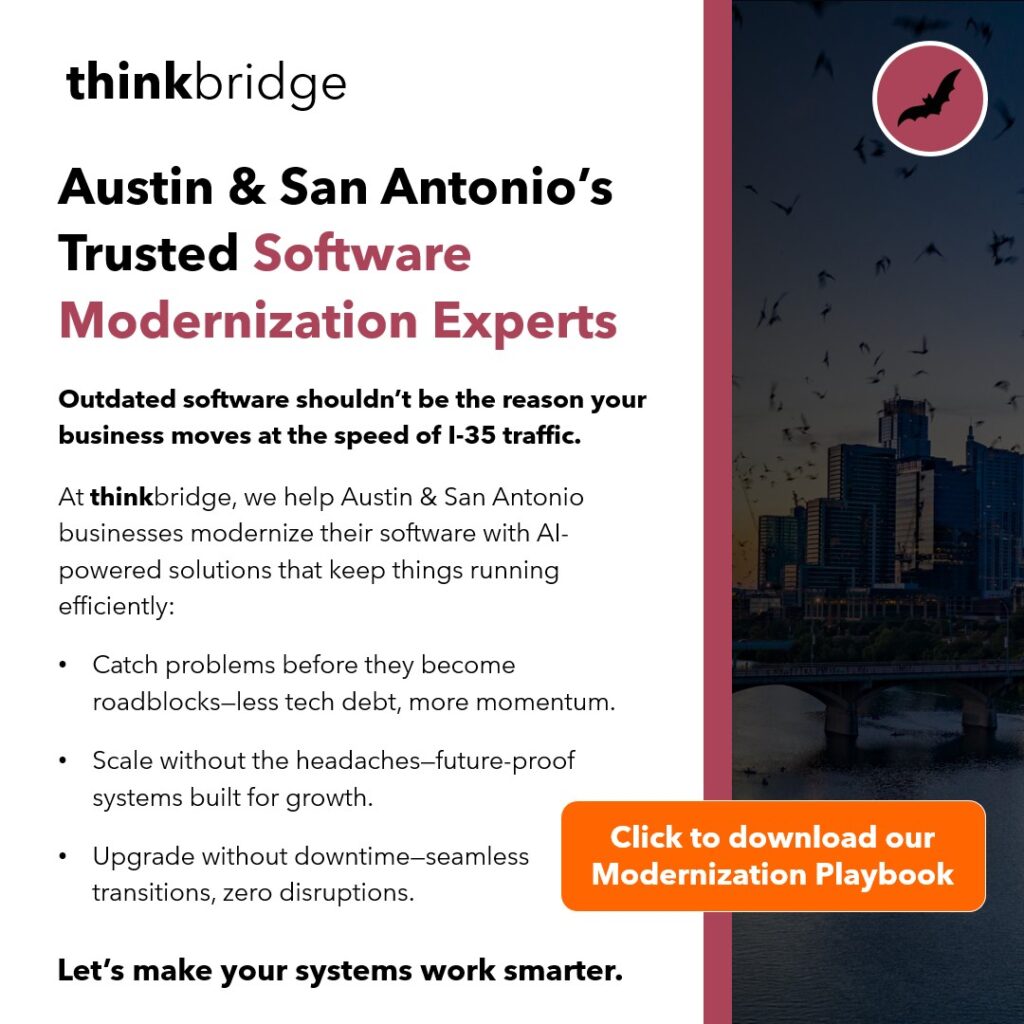
Colossal Biosciences announced Tuesday that it has started the de-extinction process of the thylacine, a beloved Australian marsupial, also known as the Tasmanian tiger.
The company first announced plans to bring the woolly mammoth back to life last September. It is using breakthrough gene-editing technologies to recreate the woolly mammoth and thylacine.
The thylacine is a slim, striped keystone species that was native to Australia, including Tasmania and New Guinea, and went extinct in 1936.
“Colossal is committed to the de-extinction of keystone species that their return will result in a positive impact on the ecosystem they once thrived in as well as developing key technologies that can also be used for species preservation,” said Ben Lamm, Co-founder, and CEO of Colossal. “Of all the species proposed for de-extinction, the thylacine has arguably one of the most compelling cases. The thylacine was eradicated as a result of direct human influence less than 100 years ago, rather than through natural processes such as those that led to the extinction of the dinosaurs.”

“The thylacine was completely unique among living marsupials,” Lamm said. “Not only did it have its iconic wolf-like appearance, but it was also our only marsupial apex predator. Apex predators form extremely important parts of the food chain and are often responsible for stabilizing ecosystems. The habitat in Tasmania has remained relatively unchanged, providing the perfect environment to re-introduce the thylacine and enabling it to reoccupy its niche.”
By bringing back the thylacine, Colossal hopes it will help restore Australia and Tasmania’s ecosystem to its natural state before the marsupial went extinct as the result of a combination of human poaching and the introduction of non-native predators.
To date, Colossal has raised $75 million in funding. It has more than 70 employees with offices in Dallas, Austin, and Boston and it is hiring for numerous positions, Lamm said.
Colossal’s Austin team is focused on computational biology and developing proprietary software to make it easier for comparative analysis of genomes for de-extinction leveraging AI and machine learning, he said.
Colossal’s woolly mammoth restoration team now has over 35 dedicated scientists spanning various functional areas including cell engineering, stem cell biology, embryology, computational biology, and genome engineering as well as three laboratories focused on the mission for mammoth de-extinction. Colossal is assembling an expert thylacine team and is near completion of its new dedicated thylacine laboratory.
For the project, Colossal has partnered with the University of Melbourne and its Thylacine Integrated Genetic Restoration Research Lab, headed up by Andrew Pask Ph.D., the leading marsupial evolutionary biologist, and the world’s foremost Tasmanian tiger expert.
“This is a landmark moment for marsupial research and we’re proud to team up with Colossal to make this dream a reality,” Pask said in a news release. “The technology and key learnings from this project will also influence the next generation of marsupial conservation efforts.”
The rewilding of species to their original habitats has been shown to effectively restore and revitalize damaged ecosystems with examples such as the reintroduction of wolves to Yellowstone, and the Tasmanian Devil to Australia..
In addition to leading conservation partners, Colossal has attracted many like-minded impact investors, including nature gaming group Untamed Planet and local Australian non-profit WildArk, as well as Chris, Luke, and Liam Hemsworth.
“Our family remains dedicated to supporting conservationist efforts around the world and protecting Australia’s biodiversity is a high priority. The Tassie Tiger’s extinction had a devastating effect on our ecosystem and we are thrilled to support the revolutionary conservation efforts that are being made by Dr. Pask and the entire Colossal team,” Chris Hemsworth said in a statement.
Chris and his family have been major Australian conservation supporters over the years and worked with Wildark to help return the Tasmanian devil back to the mainland while creating a healthy population without the facial-tumor disease, Lamm said.
“I got connected to Chris and Luke when we were raising our Series A and decided to invest in the company,” Lamm said. “They were incredibly passionate about not just the return of the thylacine but how the technologies Colossal is developing can be used to help with marsupial conservation and gestation. We could not be more excited for their support and involvement.”
Colossal has set a timeline of five to six years to bring the woolly mammoth back from extinction, Lamm said. It has not publicly announced a timeline for the thylacine yet, he said.
“I will say though that marsupials have quite a shorter gestation period of weeks in the womb versus 22 months with elephants,” Lamm said. “Based on the numerous high quality samples preserved and the shorter gestation, the Tasmanian tiger has a potential to be one of the first animals to be returned from extinction.”
The process is very similar to the process the teams are leveraging for the de-extinction of the wooly mammoth, Lamm said.
First samples of the extinct species must be collected, which Dr. Pask has collected over the last decade, he said. Next, the sequencing of those samples and assembly of the thylacine genome must be completed and then compared to genomes of its closest living relatives – in this case, the dunnart as well as other dasyurids, Lamm said.
The Colossal team of computational biologists then uses software to determine the right genes that need to be edited in the dunnart that will result in the phenotypes of the thylacine, he said.
“Our genetics teams then leverage CRISPR and other gene editing tools to make the edits and leverage cloning technologies to transfer the edited nucleus to an egg in order to create an embryo that can either be grown in a surrogate or an artificial womb,” Lamm said. “On the thylacine project, we are in the final analysis phase and will begin genetic engineering soon. Some edits have already started to take place and are being tested for efficacy.”
Right now, Colossal has dedicated teams on mammoth and thylacine.
“As we get further in our journey, we will evaluate other species that the world and nature could benefit from their return,” Lamm said.











